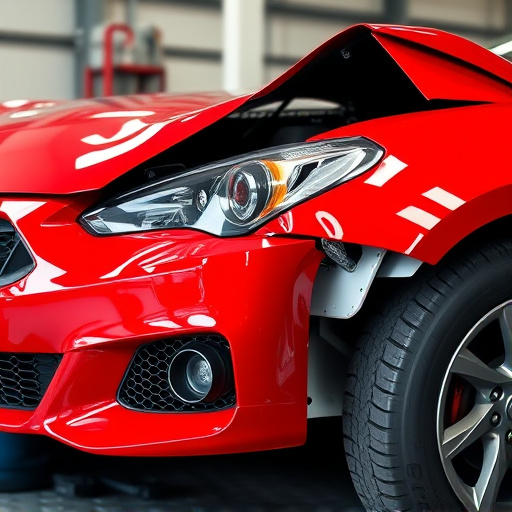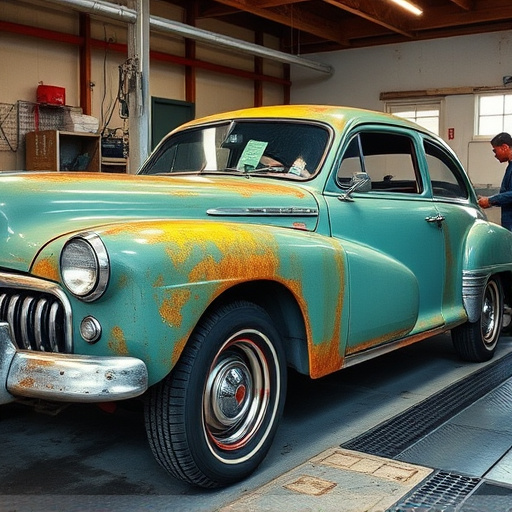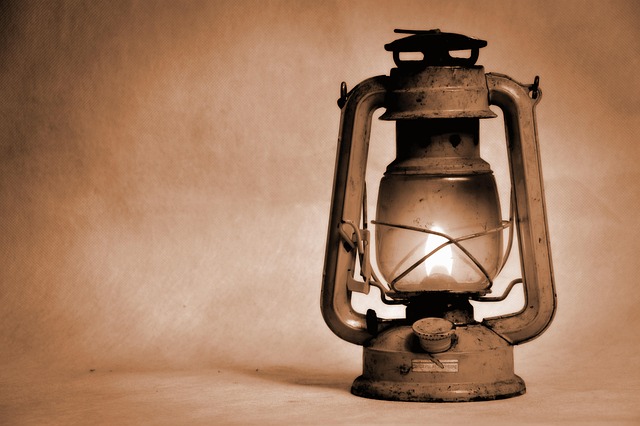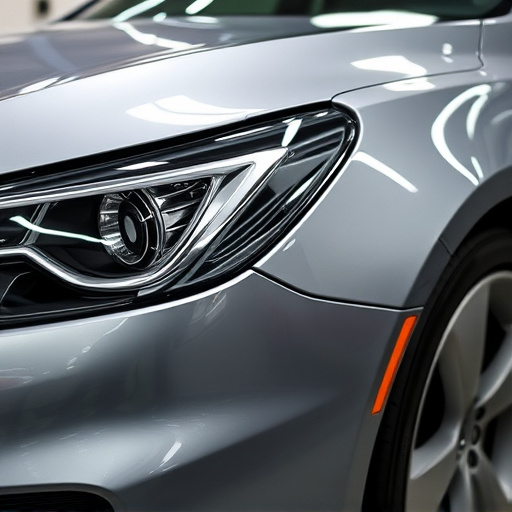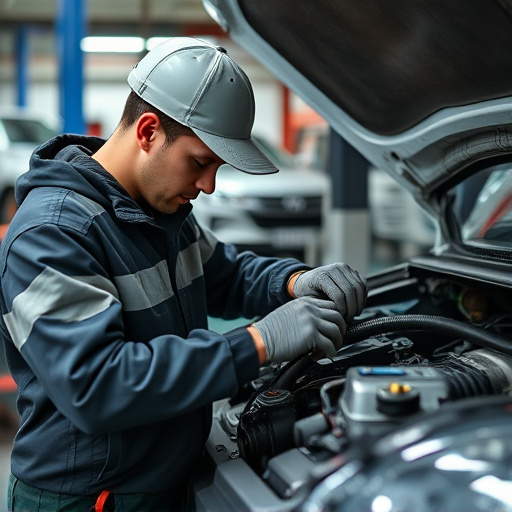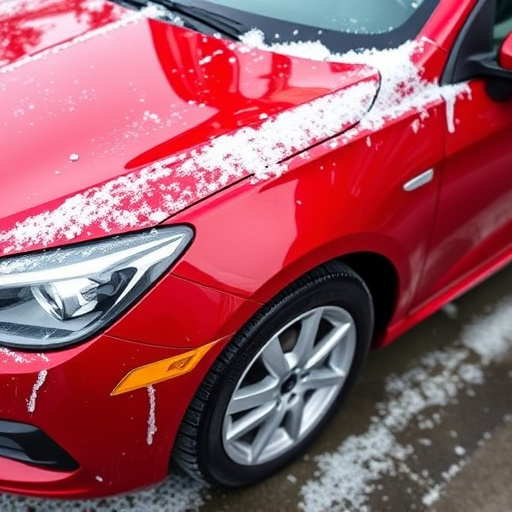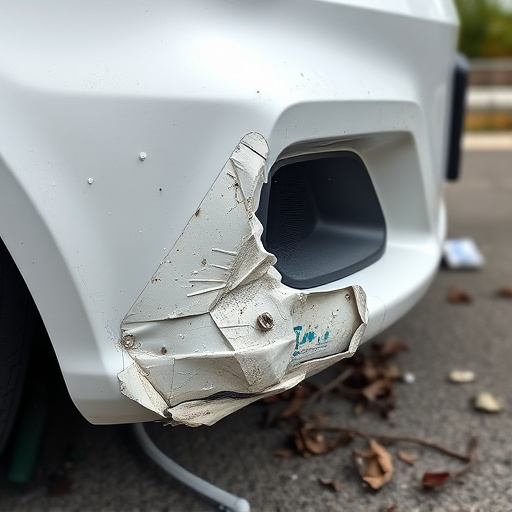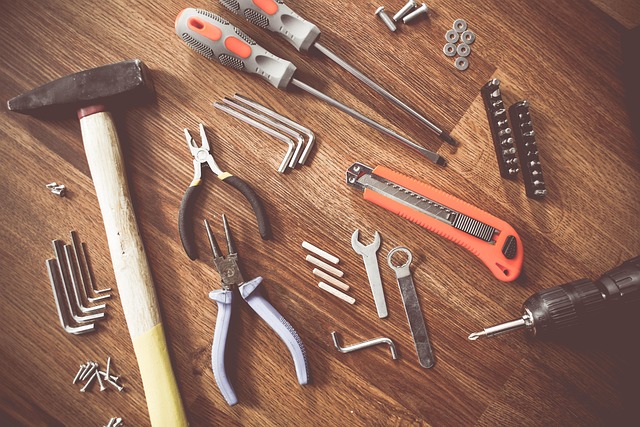Repair Quality Verification (RQV) is a rigorous process that ensures the accuracy and precision of vehicle repairs, especially after hail damage or collisions. It involves advanced diagnostic tools and expert technicians to verify part fitment, compatibility, and optimal performance. RQV focuses on meticulous measurement, alignment, and installation, preventing future issues and upholding high standards in collision repair and car restoration services, ultimately enhancing customer satisfaction and road safety.
In today’s automotive landscape, ensuring precise and efficient repairs is paramount. Repair Quality Verification (RQV) plays a pivotal role in confirming proper part fitment, safeguarding both vehicle performance and safety. This article delves into the intricacies of RQV, highlighting its significance in maintaining optimal vehicle condition. We explore how it verifies part compatibility, enhancing overall repair quality, and ensuring customer satisfaction. By understanding these methods, technicians can confidently navigate the process, leveraging RQV as a game-changer in their workflow.
- Understanding Repair Quality Verification
- The Role of Proper Part Fitment in Repairs
- Methods for Confirming Part Fitment During Verification
Understanding Repair Quality Verification
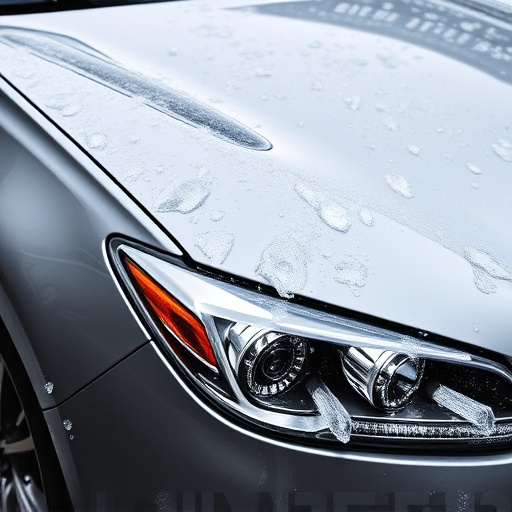
Repair Quality Verification (RQV) is a critical process that ensures the highest level of precision and accuracy in vehicle repairs, particularly after hail damage or in collision centers. It involves a meticulous inspection and testing phase aimed at confirming that each replaced or repaired part seamlessly integrates with the existing vehicle systems. This rigorous verification goes beyond visual inspection, delving into functional testing to ensure every component functions optimally and securely.
The process is designed to mitigate potential issues that might arise from improper fitment, which could compromise both safety and performance. By employing advanced diagnostic tools and expert technicians, RQV confirms that all parts—from body panels to mechanical components—are not only correctly installed but also compatible with the vehicle’s unique specifications. This ensures customer satisfaction and peace of mind, knowing their vehicle is restored to its pre-incident condition or even better.
The Role of Proper Part Fitment in Repairs

Proper part fitment plays a pivotal role in ensuring the effectiveness and longevity of any repair, be it in collision repair or car restoration. It goes beyond simply selecting the right component; it involves precise measurement, alignment, and installation to ensure every piece fits seamlessly into the existing structure. This meticulous process is crucial for achieving optimal performance and aesthetics, two key aspects that define high-quality car repair services.
In the realm of repair quality verification, part fitment is scrutinized to guarantee not just visual accuracy but also functional harmony. Technicians utilize specialized tools and expertise to verify that every part—from body panels to intricate mechanical components—is correctly positioned and secured. This rigorous verification step is a game-changer in preventing future issues, ensuring the safety and reliability of the vehicle, and upholding the standards expected in top-tier car restoration practices.
Methods for Confirming Part Fitment During Verification
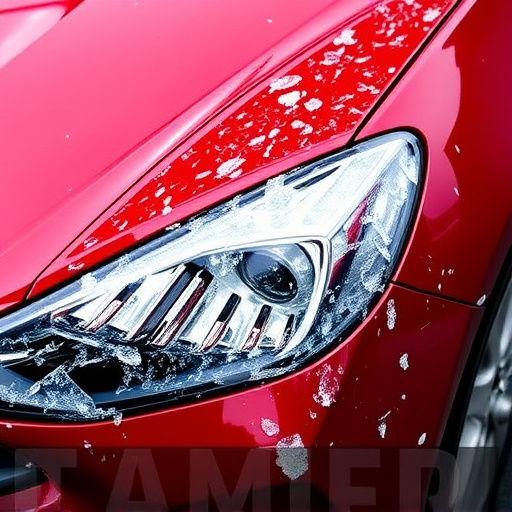
Confirming part fitment during verification is a meticulous process that ensures each component seamlessly integrates with the vehicle’s existing systems. This involves several methods designed to detect even the slightest discrepancies. One common technique in automotive repair services, including Mercedes Benz collision repair, relies on precision measuring tools. These instruments help verify dimensions, angles, and tolerances, ensuring every part aligns perfectly as per the manufacturer’s specifications.
Additionally, visual inspection under different lighting conditions plays a pivotal role. This method allows technicians to identify any deformities, warping, or misalignments that might go unnoticed by measurements alone. Repair quality verification combines these approaches to guarantee that after car body repair, all parts not only fit but also perform optimally, ensuring the vehicle’s safety and reliability on the road.
Repair Quality Verification (RQV) is a critical process ensuring vehicle repairs are executed with precision and efficiency. By confirming proper part fitment, RQV safeguards against subpar replacements, minimizing potential safety risks and extending vehicle lifespan. Through advanced methods like 3D scanning and detailed measurement analysis, this verification step has become more precise than ever, fostering reliable and lasting repairs in today’s automotive landscape.

